Located in Columbus, Georgia, Jamie Harris had always admired a 1830s raised cottage set on several acres in midtown. Badly neglected, the home was hidden behind a tangle of brambles and bushes, but she could tell it had character. Years later Jamie heard it was coming up for sale, and she quickly arranged a visit before it officially went on the market. She and her husband, Rob, were leaving that day for a trip to Italy, but they were so taken with the property, they made an offer from the airport which was accepted.
The Harrises were no strangers to renovations, but nothing compared to the scale of this project. They worked with an architect and a builder who shared their commitment to honoring the integrity of the antebellum structure. For the interiors, Jamie was inspired by the soft neutral palettes she had seen in Italy. “I love the way the plaster walls, mouldings, and ceilings were all painted the same color there,” she told Victoria magazine. “I chose to do that in most rooms of this house, which shows off the architecture so beautifully — and it allows the patina of the antiques to show.” An avid collector, Jamie’s mélange of vintage antique pieces — including English and French furniture, creamware, majolica, tapestry fragments, and more — are beautifully displayed throughout the home.
This home tour was originally featured in the March/April 2019 issue of Victoria magazine with photography by John O’Hagan, text by Karen Callaway, and styling by Sidney Bragiel. Additional photography below was provided to The Glam Pad by Eliza Morrill Photography.
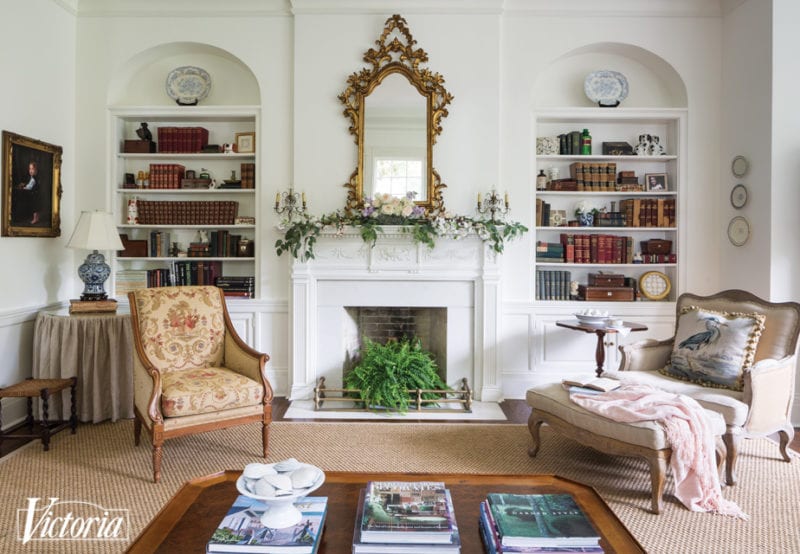
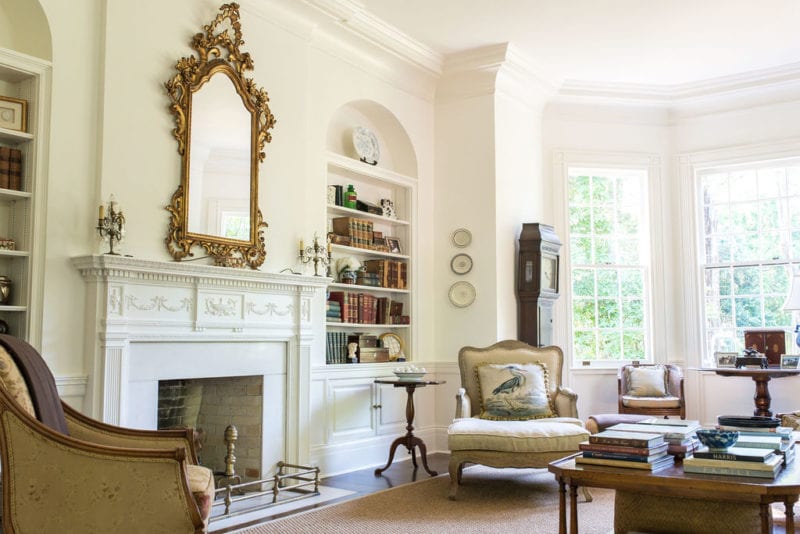
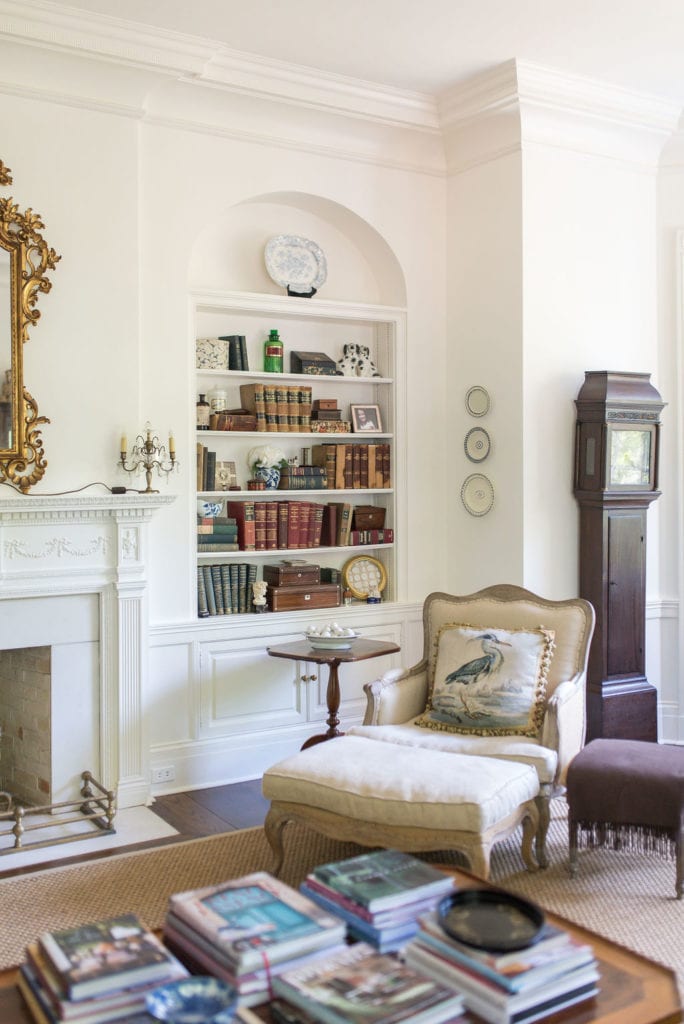
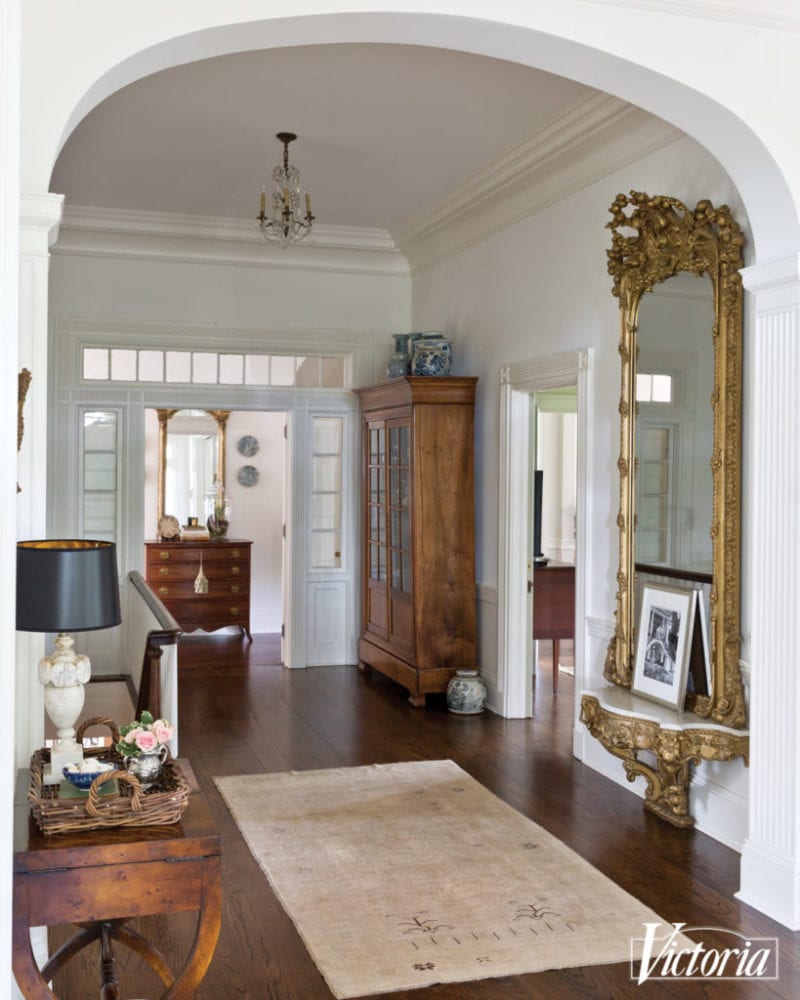
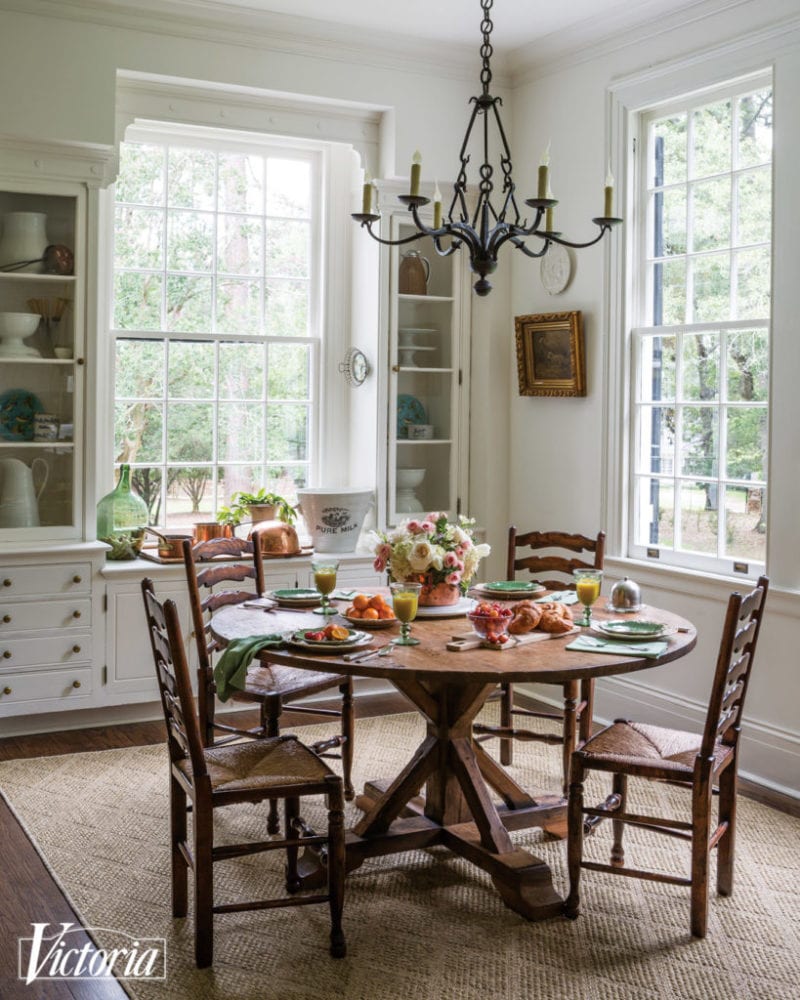
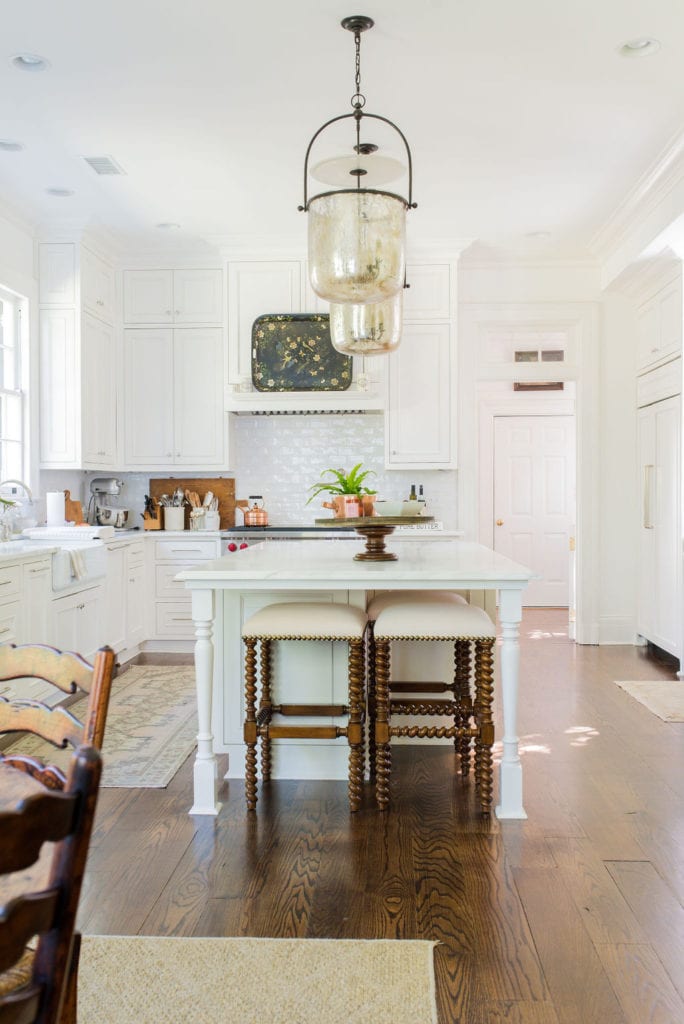
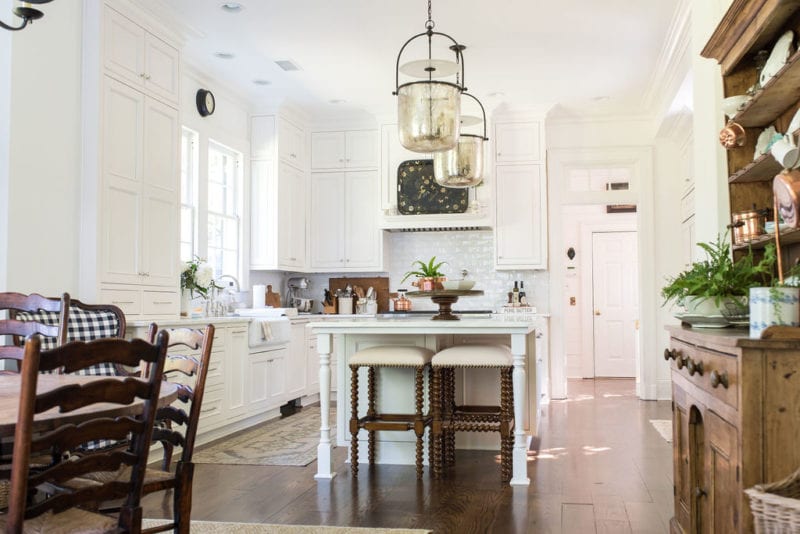
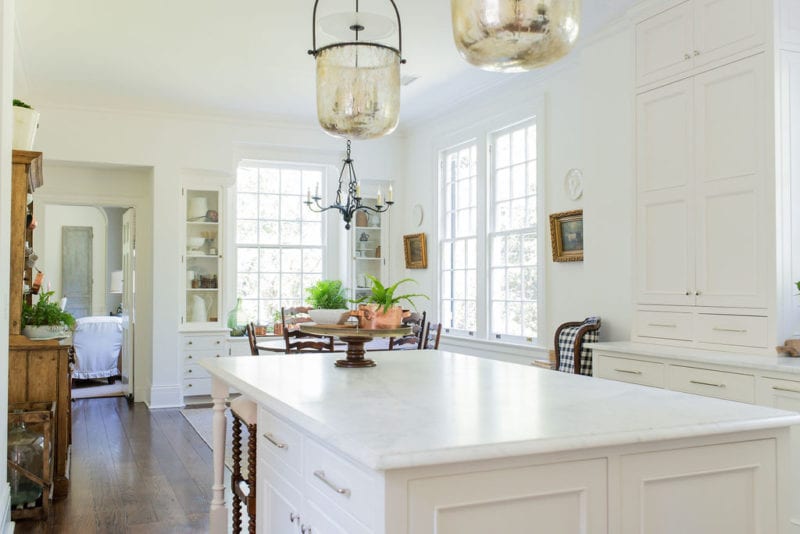
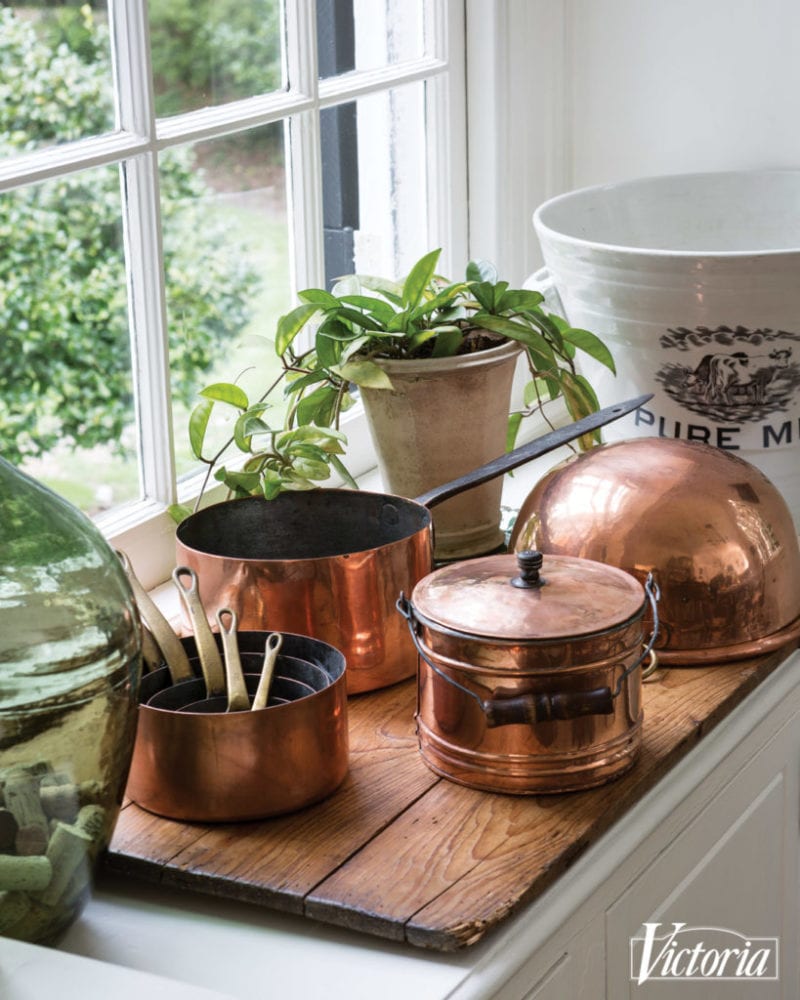
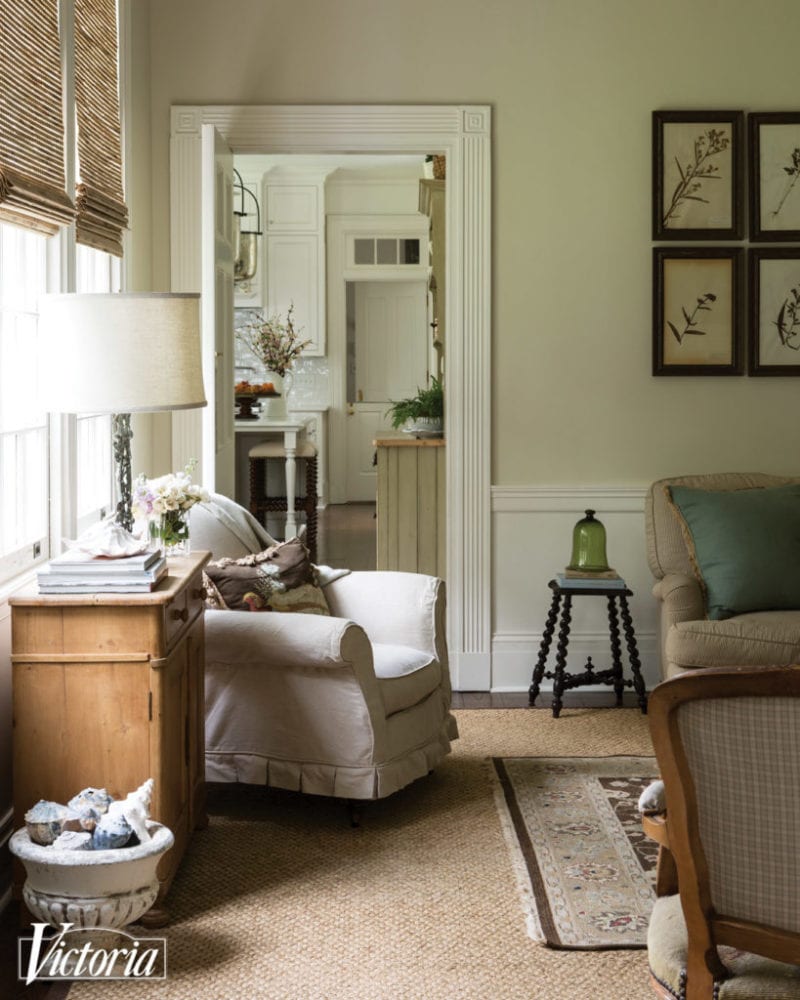
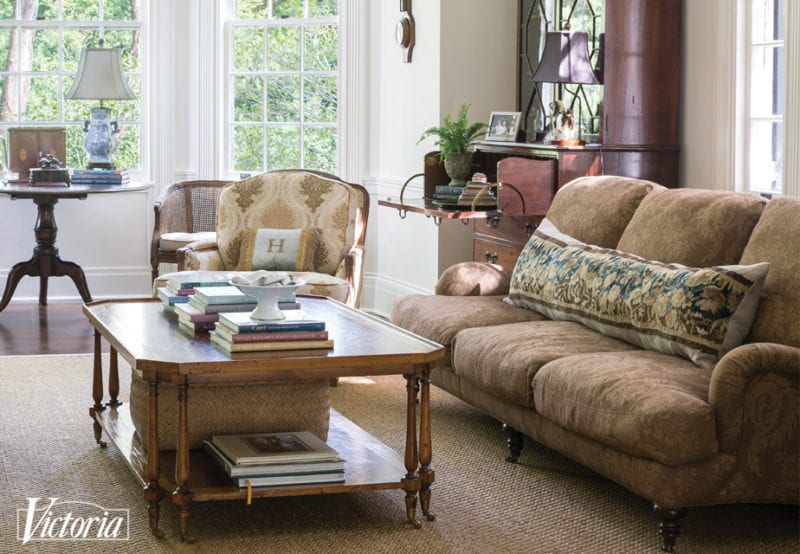
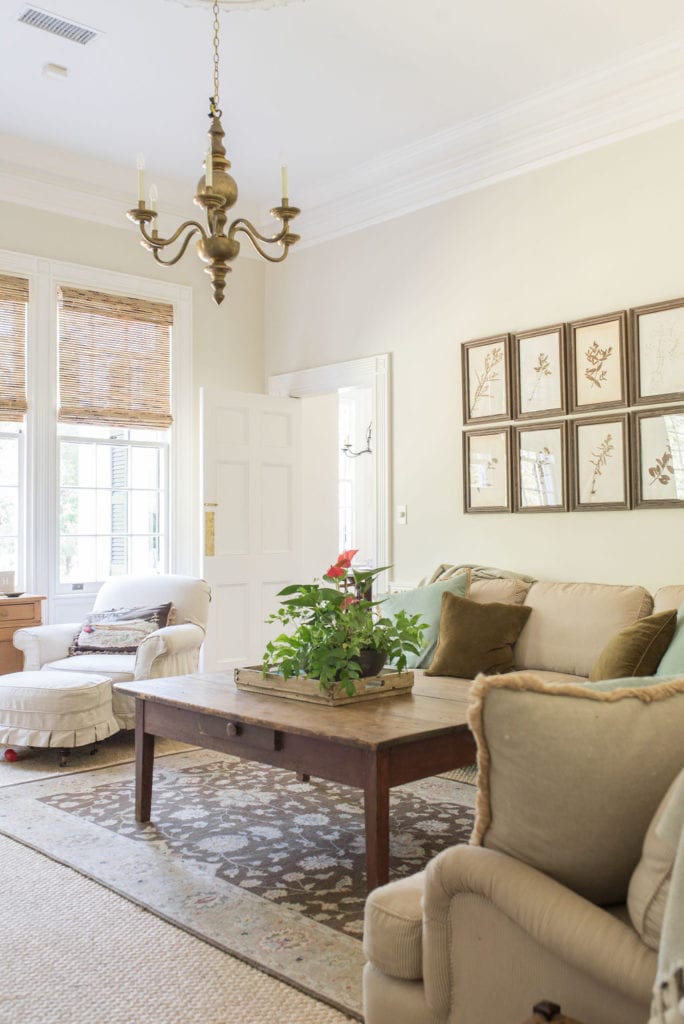
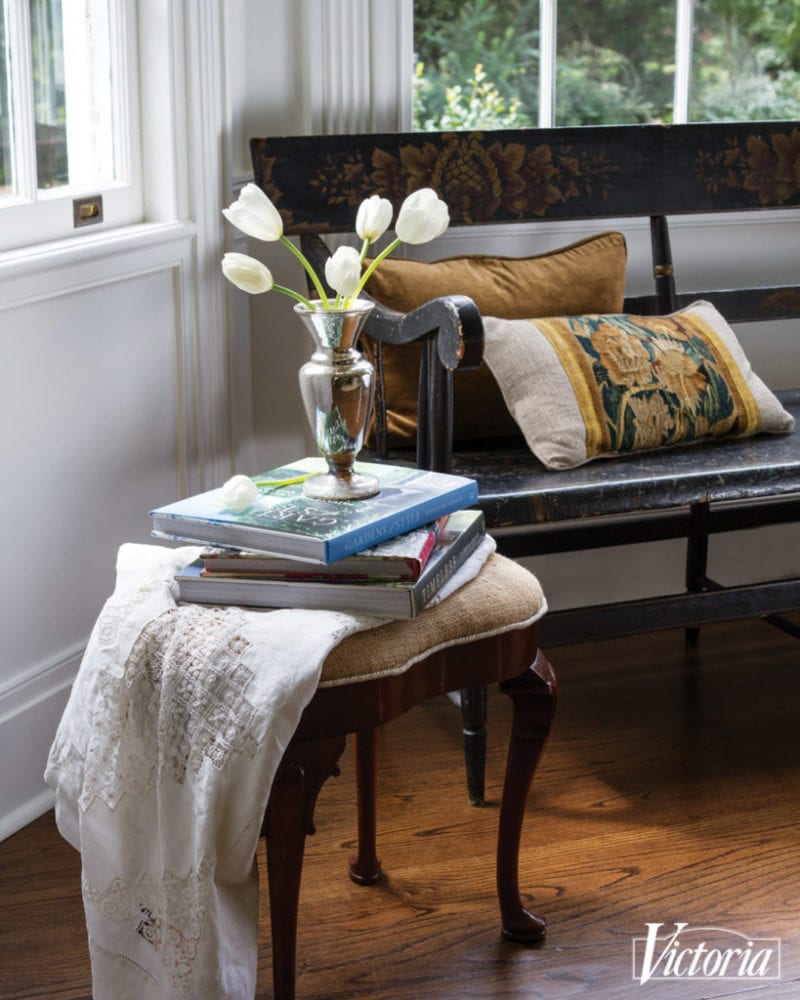
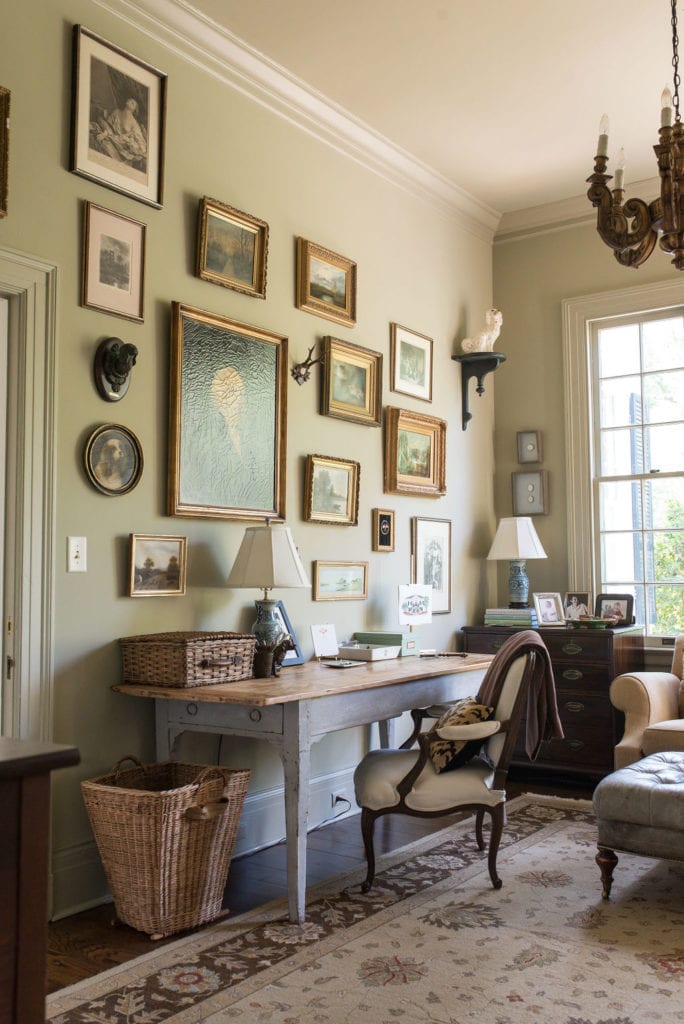
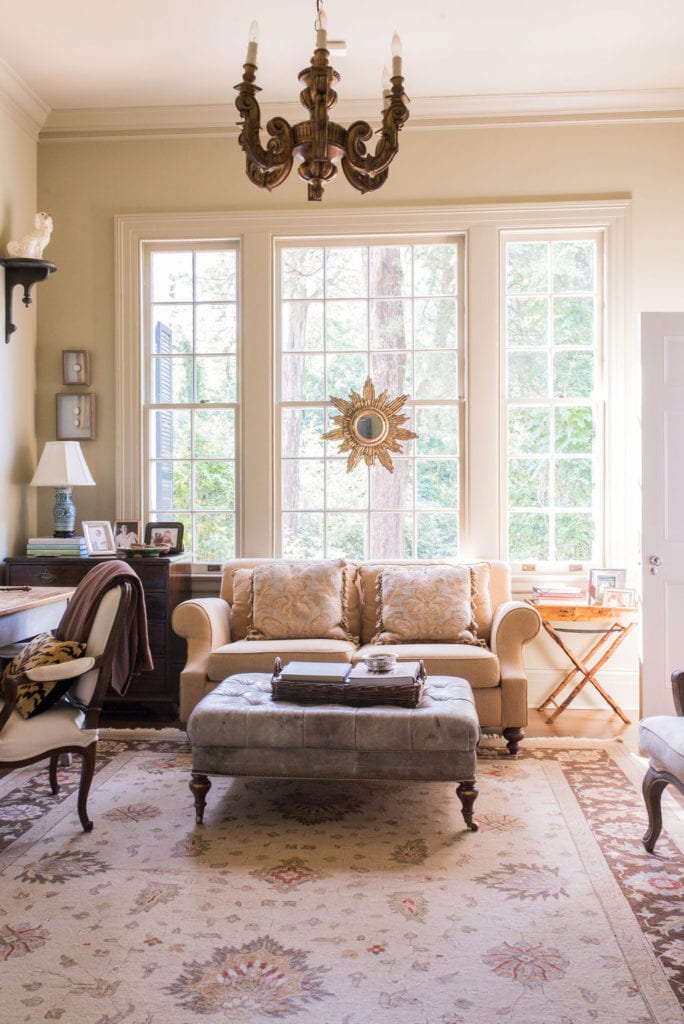
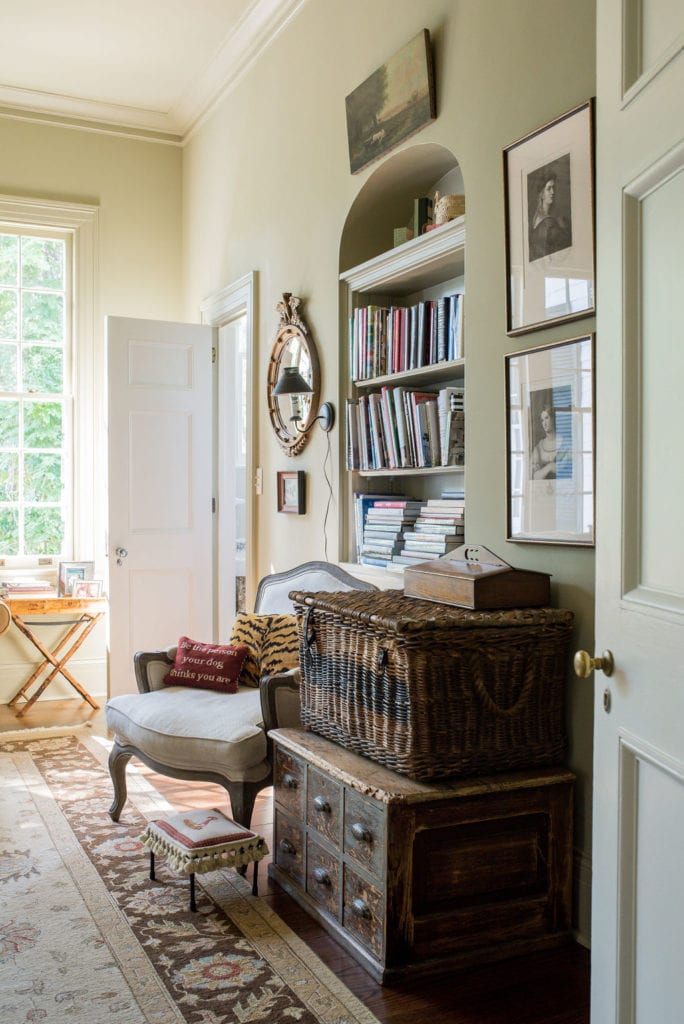
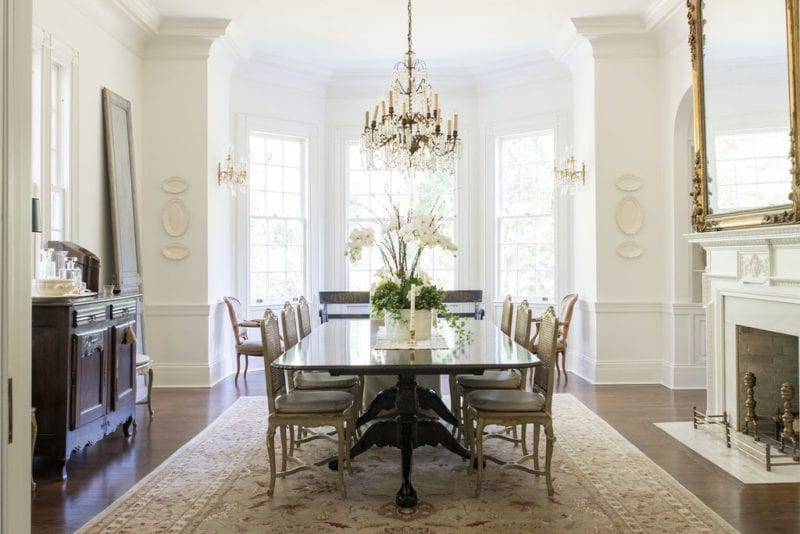
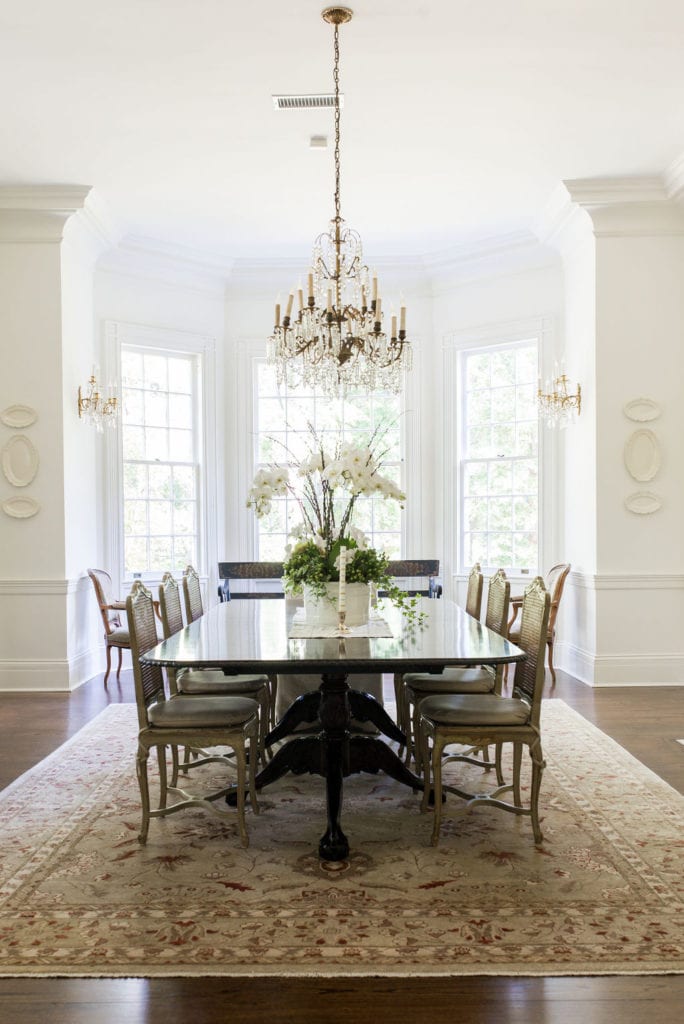
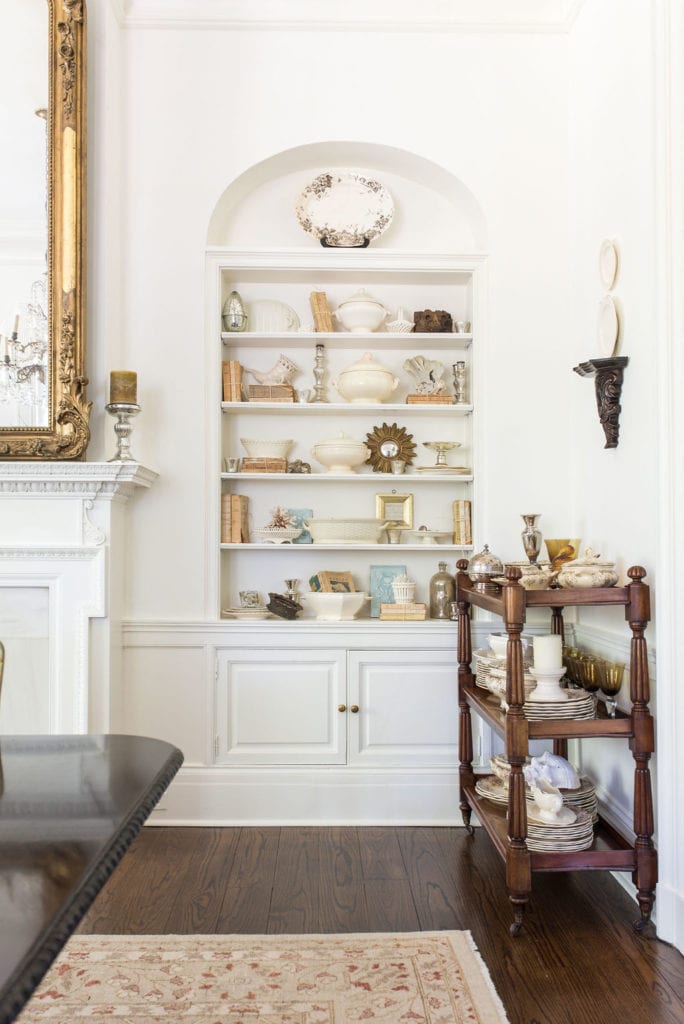
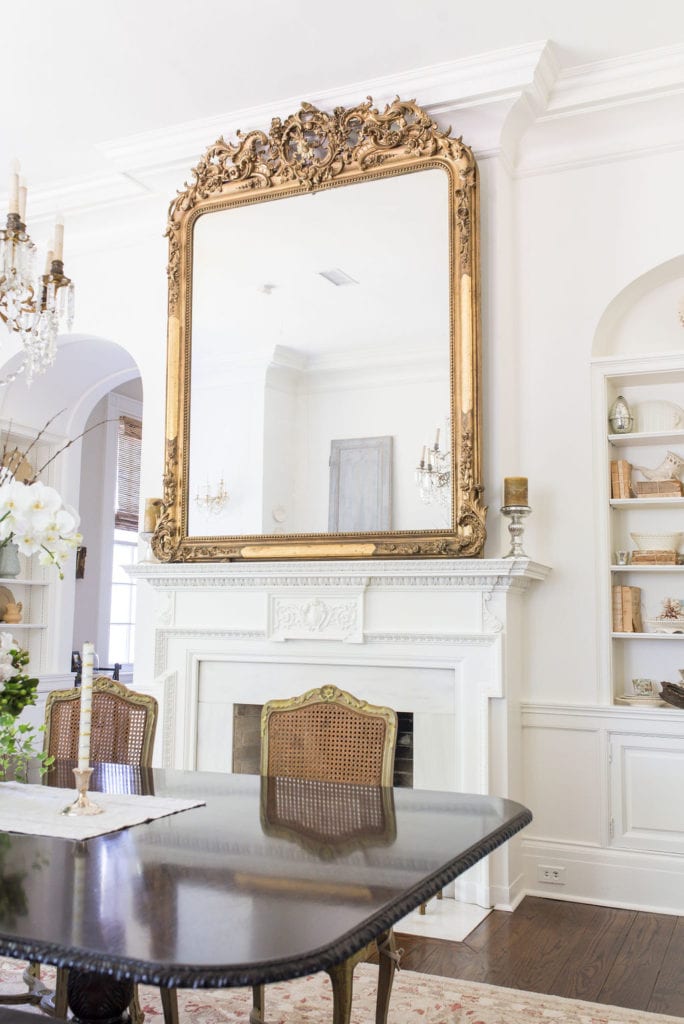
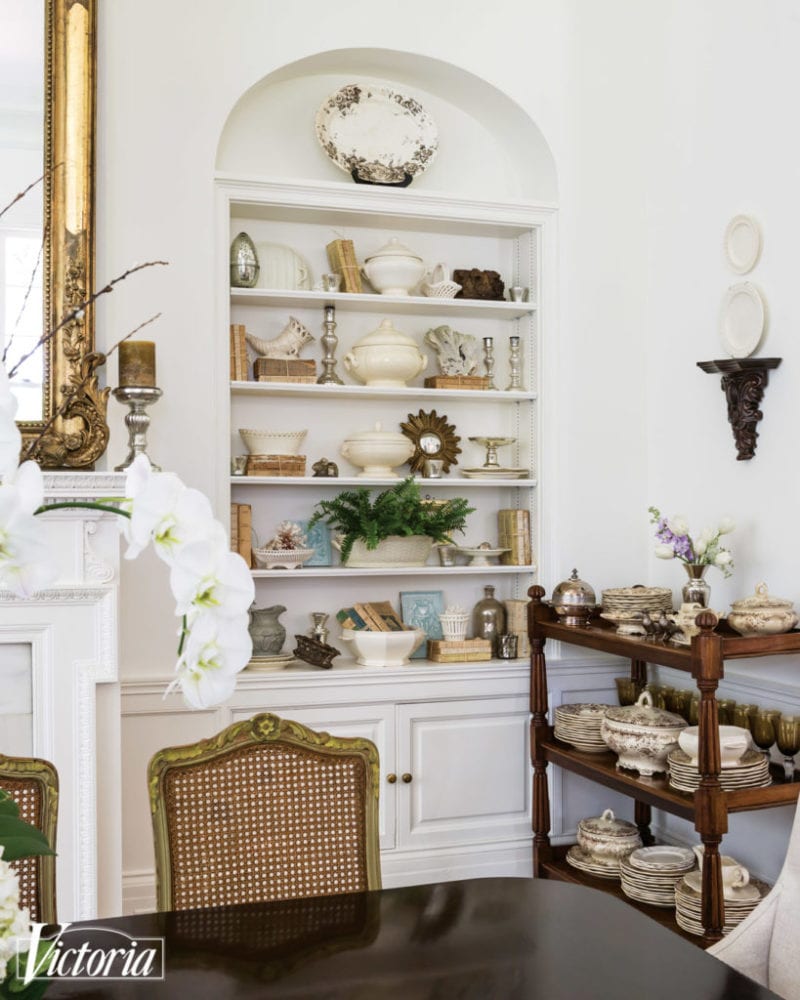
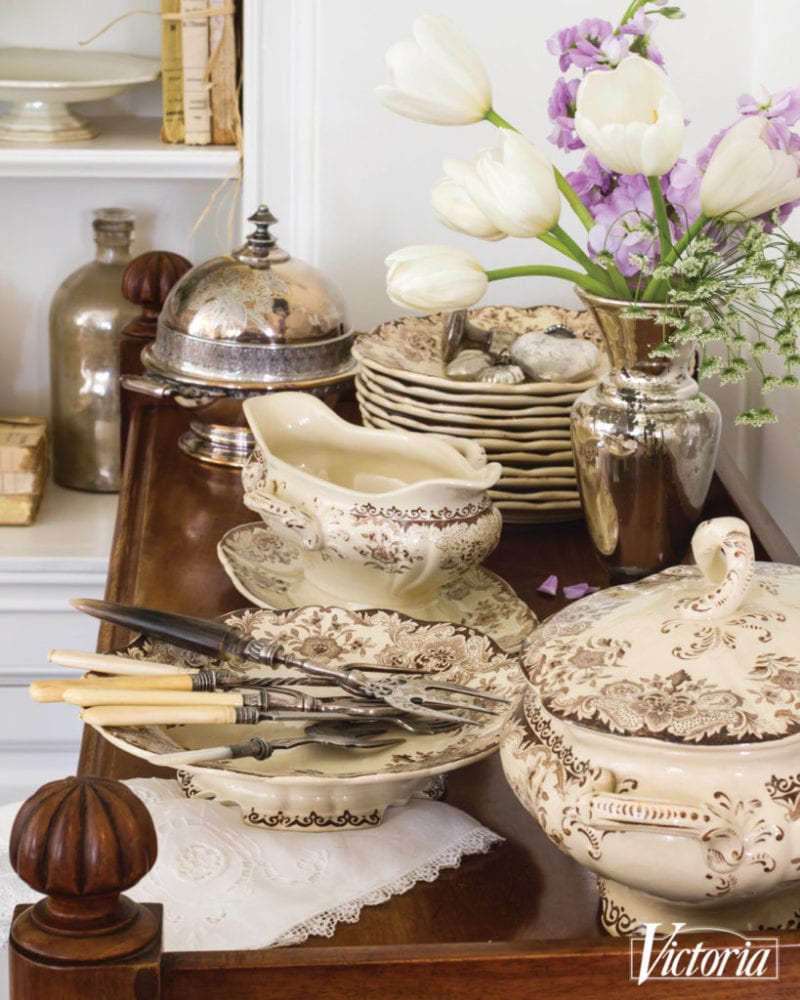
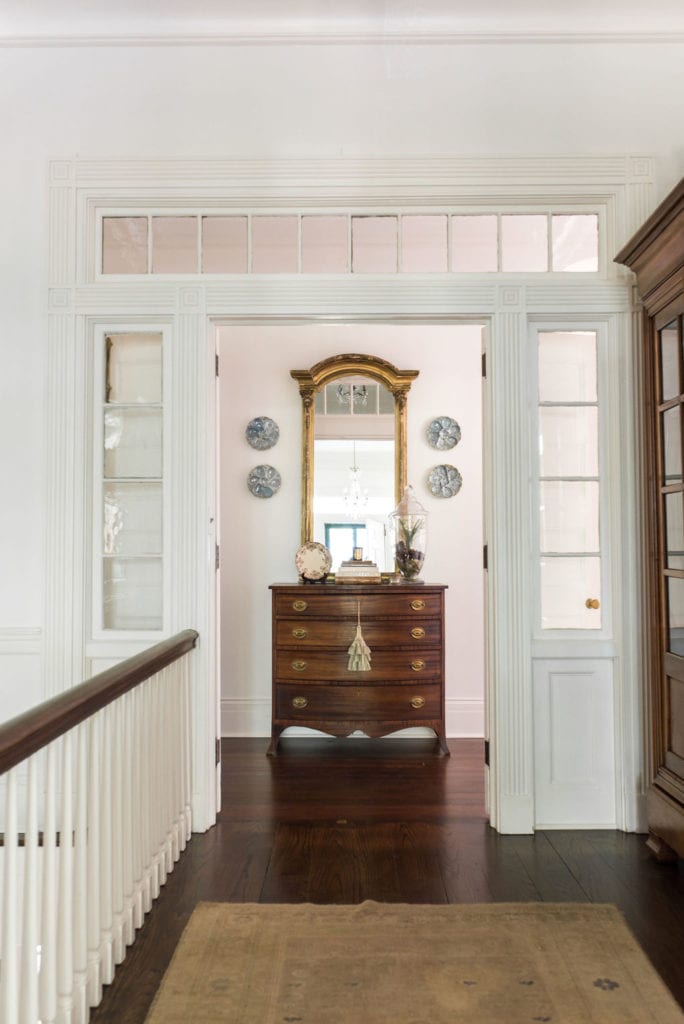
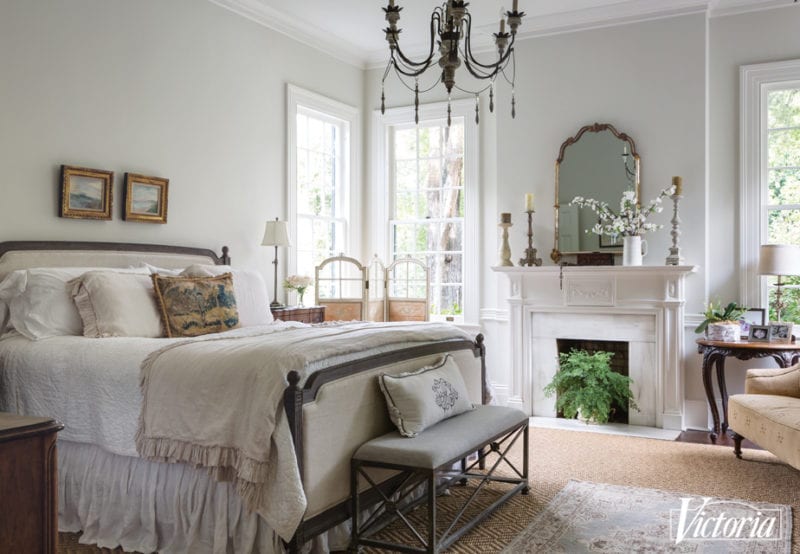
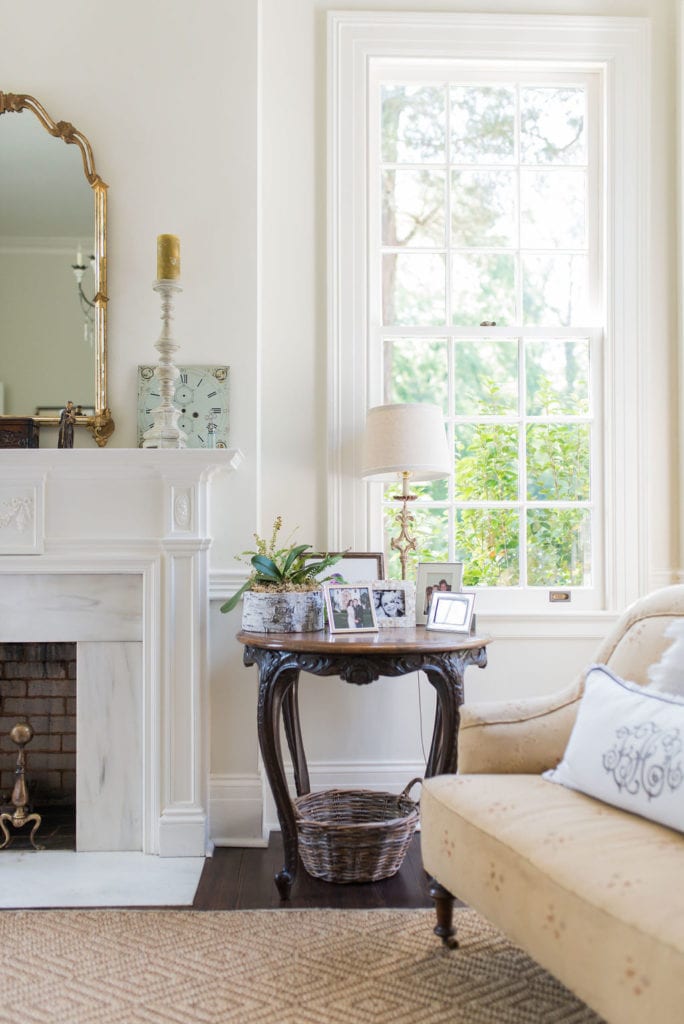
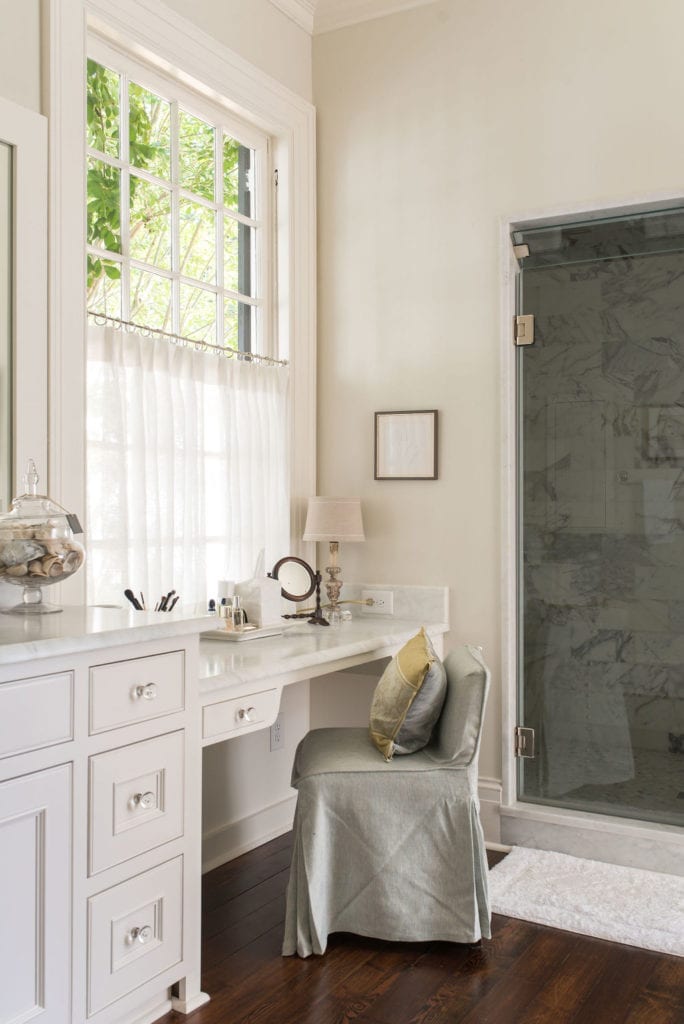
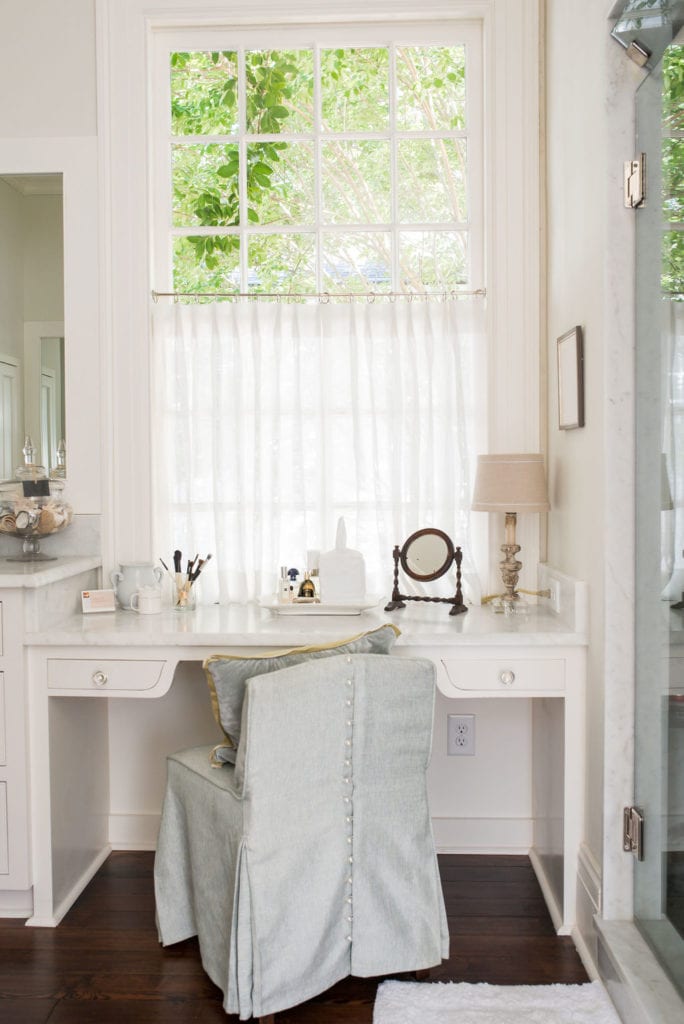
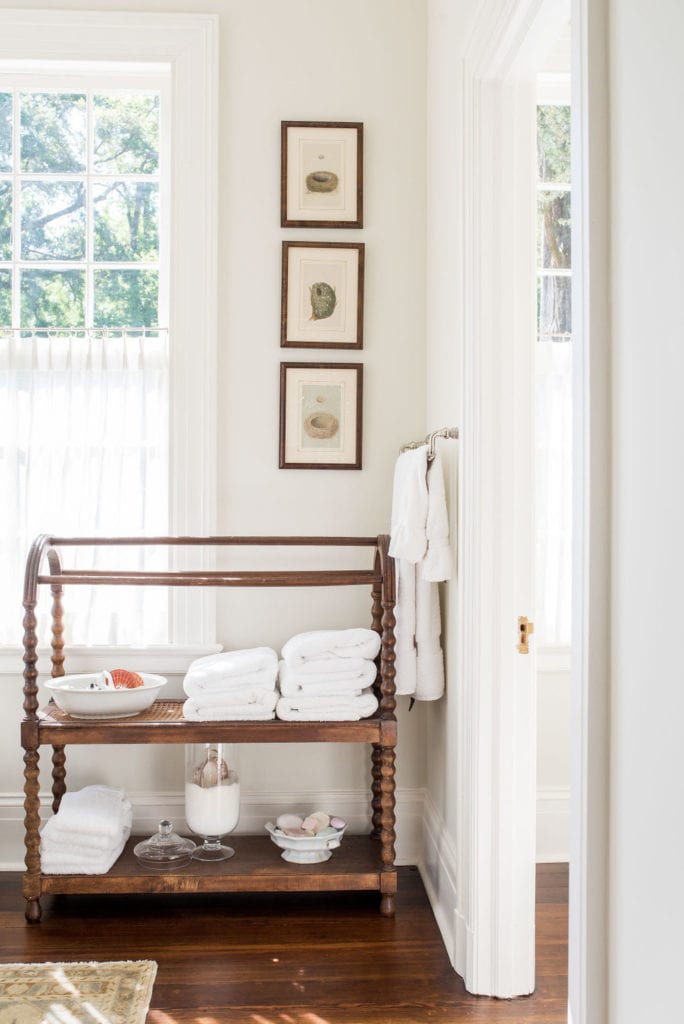
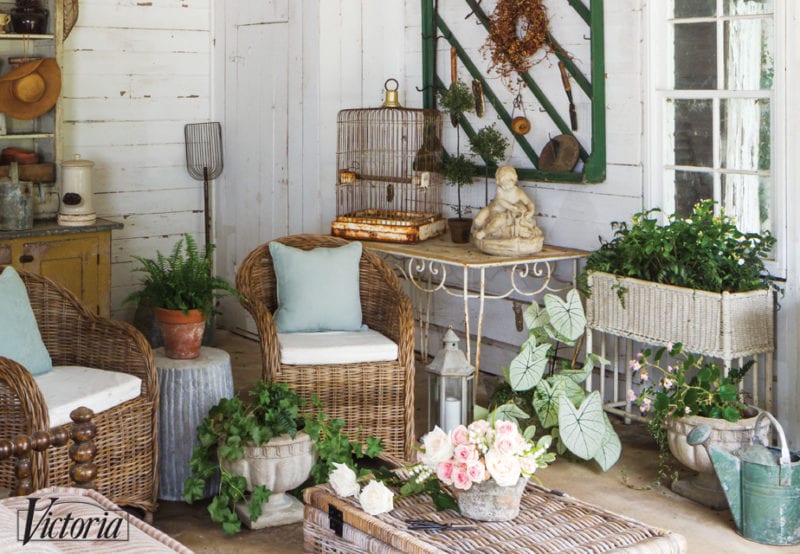
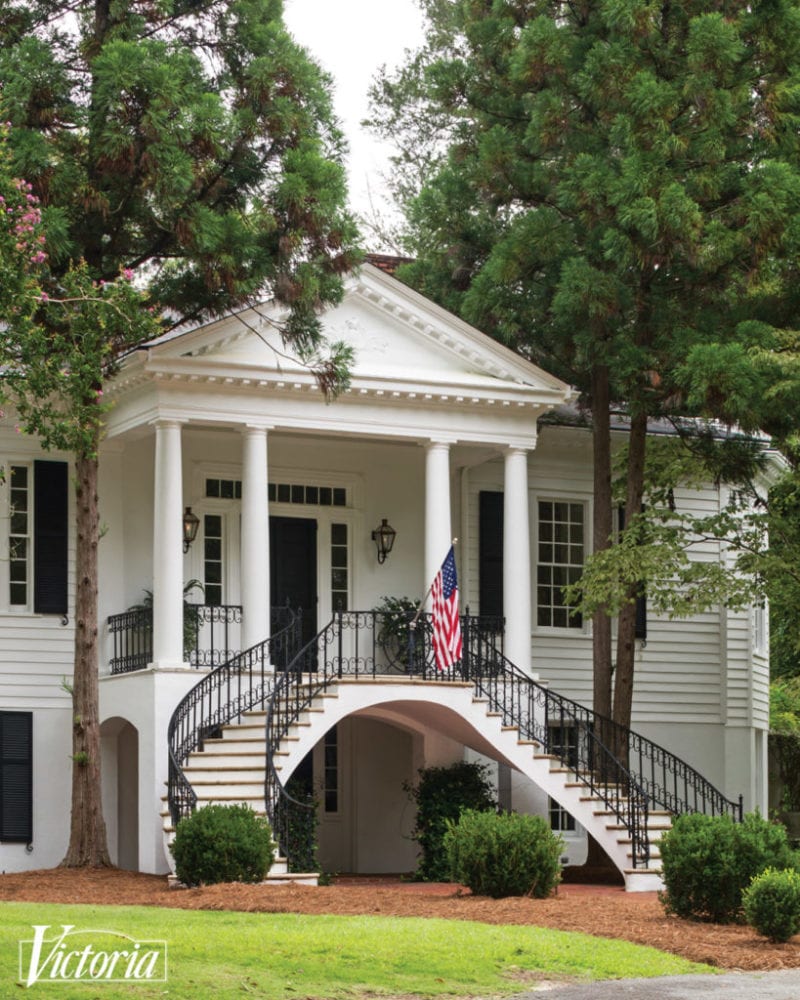
For more, please visit Victoria magazine, and you can follow Jamie @raised_cottage on Instagram. You might also recall the home of Marsha Mason, a friend of Jamie’s who also lives in Columbus, Georgia and was featured in Victoria… You can tour Marsha’s beautiful home here. If you don’t already have a subscription, I highly recommend subscribing to Victoria. I have been reading this magazine since I was 12 years old, and it is truly beautiful.



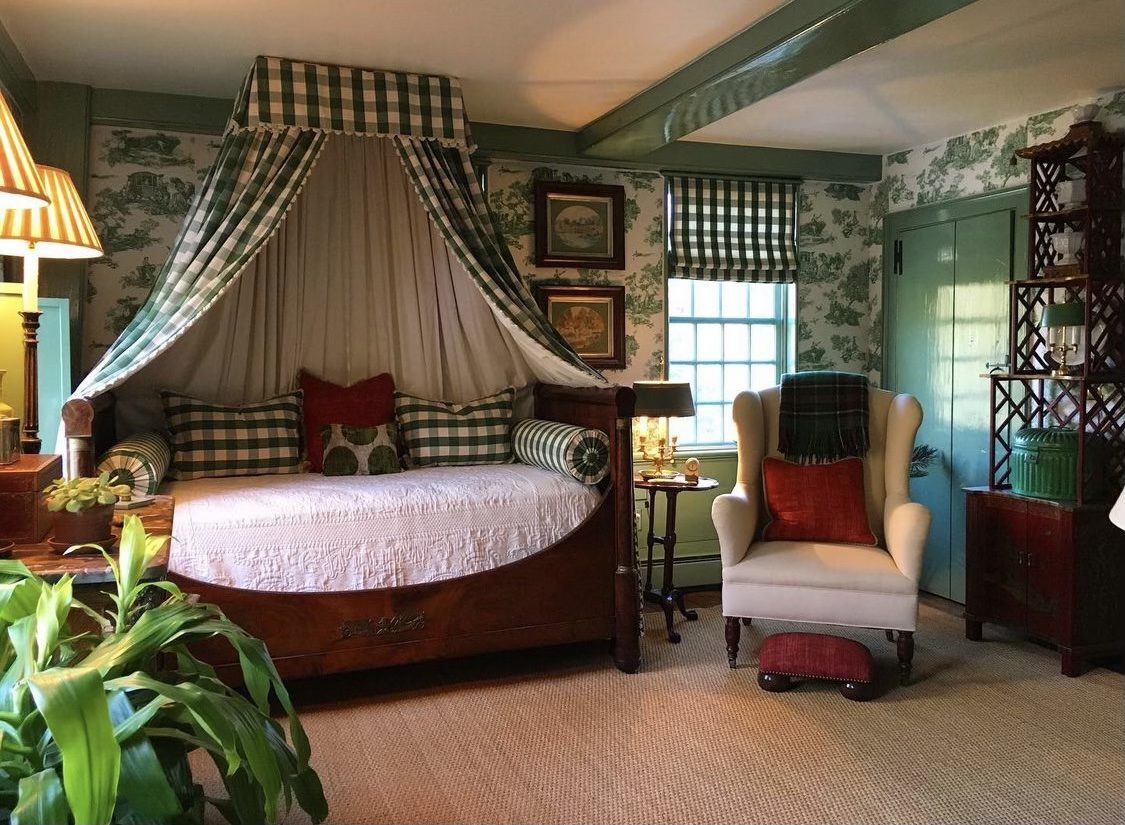


This was a great post. Thanks made my morning!
I am more partial to English Homes – but …. this early American style has always intrigued me too. Kudos to this family for restoring it so nicely.
I have followed Victoria Mag for about 25 years also… buy occasionally and give a Gift Subscription to a best friend who loves the articles, Homes, Recipes, Holiday decorating and everything in general. I only wish they wouldn’t insist it is just a Female magazine…as it is incredibly beautiful for anyone to enjoy.
Thingkin John Grossman who had a GIANT collection of Victorian Ephemera in the 80’s now archived.
Anyways – it is awfully generous of you to take the time to post and write these blogs. Thank you for brightening my day today.
Canada Day Weekend here – Hope your 4th of July is a good one!
Cheers
Tim
ps. If you are on Pinterest – I think my Boards are at timothyj1966
Hi Timothy! Are you the same timothyj1966 on YouTube? I wanted to ask you a question. Thanks!
Andrea,
I am SO PLEASED that you have featured one of my favorite homes in all the world, restored by two of my favorite people. Kudos to all who undertake such an enormous job to ensure America’s architectural gems are saved.
One can see why they fell in love with the house. The proportions are very gracious and the fenestration is beautiful. So glad they saved it.
What a beauty!
Great post! Thanks!
Andrea- I loved seeing more of Jamie’s beautiful home. Thank you!
This home has completely charmed me. It’s more traditional and more neutral than my personal style, but it really made me think about some unfinished spaces in my own home. So glad you shared it!
Absolutely fabulous!!!
By your locating the house “midtown” I am presuming it’s a city house. Pardon my ignorance, but how would this differ from a plantation house of the same period? The reason I ask is I read an article (dating 9 years back) that noted an unusual number of plantation houses were hitting the market and went on to say that unless someone with a fortune committed to one of those types of houses, they would often get abandoned as the costs of maintaining them were extreme. The author did not way why, nor did she say compared to what (SF victorians? Georgian houses like this? Newport “cottages”? Biltmore? San Simeon?)
Thus I’ve been wondering why a maintaining a plantation house would be so expensive (while noting that a lot do seem to be abandoned). One thing I see though is that this house is nicely appointed, with plaster walls and relatively ornate woodwork, where a lot of the plantation houses seem to be as primitive inside as pioneer houses here in the west, with painted wood plank walls and ceiling, and even when plastered, very simple work with almost no decoration, so I’m wondering if it’s not they’re so expensive to maintain but that after the expense you’re not getting much—-as you would, say, with this lovely home.
Lovely house. any chance of seeing a (even if rough) floor plan?